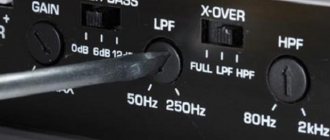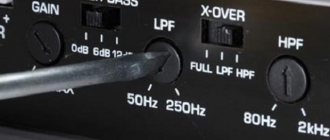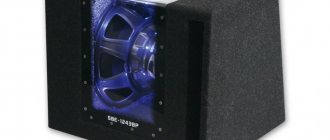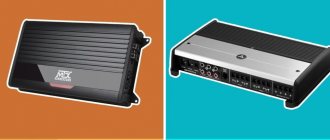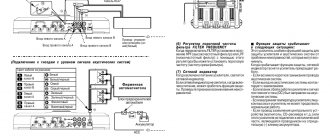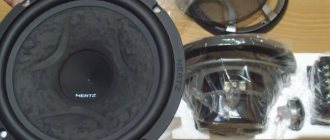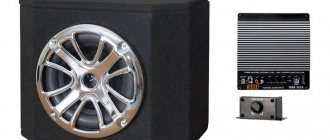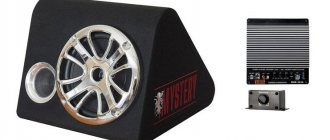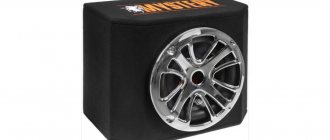When connecting an audio frequency enhancement system, problems arise when the car owner configured the amplifier for the front, but accidentally connected the system to the output of the rear speakers or subwoofer. Therefore, before connecting, you should study the panel and determine the output to the front and rear channels. They are separated by a line labeled FRONT and REAR.
HPF / LPF (HPF / LPF)
Hight pass filter (HPF), also known as a high-pass filter (HPF), filters out (cuts off) low frequencies, leaving high ones.
When setting up a subwoofer amplifier, set the control to about 20 Hz to cut out infrasound and not waste energy, since you won't hear it anyway. For mid-range speakers, the HPF is set around 80 Hz to remove the low frequency range for which the speaker is not designed and will not be able to play it. If you have separate channels or even a separate amplifier for tweeters (tweeters), the HPF is set in the region of 3000 - 5000 Hz, depending on the model, so as not to burn them.
All figures given are approximate, to obtain more accurate and safe values, study the characteristics of your speakers!
Low pass filter (LPF), also known as a low pass filter (LPF), is the opposite of HPF and cuts off the upper frequencies, leaving the lower ones.
For subwoofers, it is set in the region of 50-80 Hz, depending on the type of design (ZYA, FI, etc.) in order to cut off frequencies for which the subwoofer is not intended. The same goes for midrange drivers, cut them around 1400-1600 Hz.
If possible, you can limit tweeters to 20,000 Hz, but this is not necessary.
How to remove noise and interference. How to set up car audio, install a candy bar, connect the wiring
where is DK Sound there is Car Audio
full
PRICES How to set up a monoblock - monoblock settings GAIN / LEVEL LPF SUBSONIC / HPF Bassboost
Master/Slave
How to eliminate noise - remove squealing, humming, whistling...
